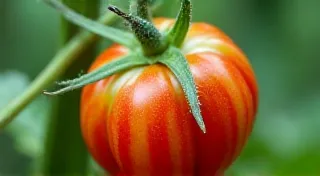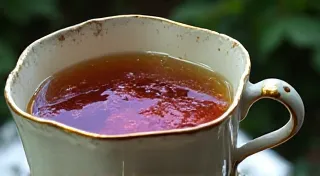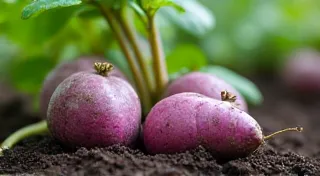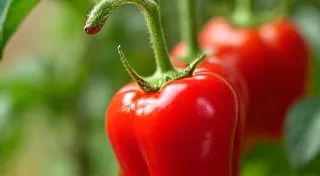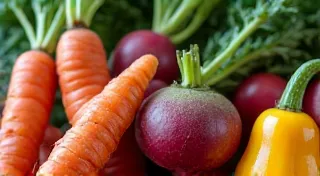Purple Sweet Potatoes: Growing & Culinary Delights
Go beyond the traditional orange sweet potato! These vibrant purple varieties are not only stunning in your garden, but also packed with nutritional benefits and offer a delightful culinary experience. This guide explores purple sweet potato varieties, their nutritional benefits, easy growing tips, and delicious recipes.
Why Grow Purple Sweet Potatoes?
While orange sweet potatoes are well-known, purple varieties offer a unique appeal. Their beautiful color comes from anthocyanins, powerful antioxidants that contribute to their impressive health benefits. They’re not just pretty; they’re good for you! Beyond just visual appeal, these pigments offer a unique flavor profile and a boost of nutrients often lacking in more common varieties. The rise in popularity of colorful produce speaks to a broader movement towards embracing diversity, much like the varied hues found in a garden of fractured seasons and a kaleidoscope of vegetables.
Purple Sweet Potato Varieties to Consider
Several purple sweet potato varieties are gaining popularity. Here are a few to consider for your garden:
- Stokes Purple: One of the most common and widely available purple sweet potato varieties. It boasts a rich, vibrant purple flesh and skin.
- Okinawa Purple: A Japanese variety known for its intense purple color and creamy texture. It’s exceptionally high in anthocyanins. The intense color is a testament to the concentrated nutrients within.
- Purple Majesty: This variety offers a beautiful deep purple skin and flesh that tends to fade slightly upon cooking, but still retains a lovely hue.
- Japanese Purple: Another Japanese variety with striking color and a slightly nutty flavor. Like many root vegetables, the flavor can be dramatically affected by the soil and growing conditions. Exploring different varieties and their origins, much like purple carrot vs orange carrot, can be a fascinating journey.
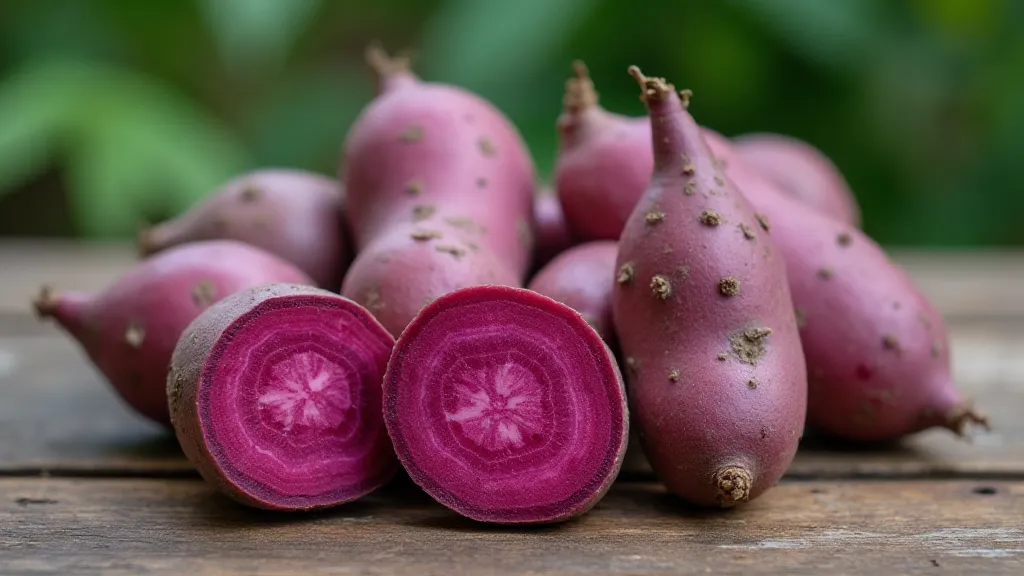
Growing Purple Sweet Potatoes
Growing purple sweet potatoes is similar to growing traditional varieties. Here's a breakdown of essential steps:
Starting Slips
Sweet potatoes are typically grown from slips, which are sprouts that grow from the sweet potato itself. You can either purchase slips or grow your own:
- Buying Slips: Many nurseries and online retailers sell sweet potato slips.
- Growing Your Own: Place a sweet potato in a jar of water, ensuring the bottom third of the potato is submerged. Place the jar in a warm, sunny location. After a few weeks, sprouts (slips) will emerge. Gently twist the slips off the sweet potato and root them in water before planting.
Planting & Care
Plant your sweet potato slips after the danger of frost has passed. Choose a sunny location with well-drained, sandy soil. The success of any garden depends on understanding the individual needs of the plants – something that’s vitally important when selecting varieties like Purple Majesty. Just as with the vibrant hues of a growing kaleidoscope squash, paying attention to soil conditions and light exposure can make all the difference.
- Spacing: Allow 12-18 inches between plants.
- Watering: Water regularly, especially during dry periods.
- Fertilizing: Sweet potatoes don’t require heavy fertilization. A light application of balanced fertilizer is sufficient.
- Weeding: Keep the area around your plants free of weeds.
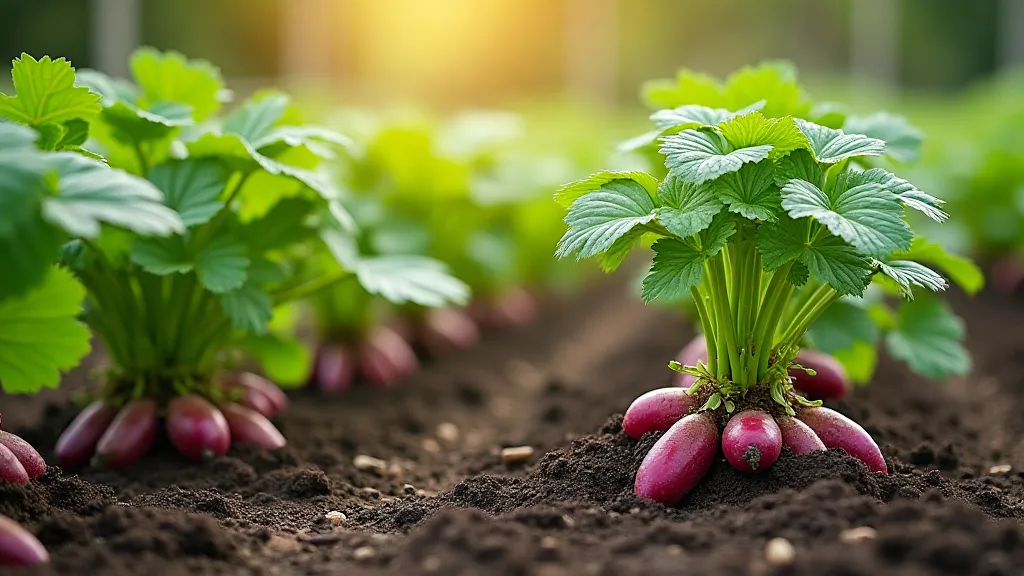
Harvesting
Sweet potatoes are typically ready for harvest 90-120 days after planting. You'll know they're ready when the foliage begins to turn yellow and die back. Carefully dig up the sweet potatoes, being careful not to bruise them. Cure the sweet potatoes for 7-10 days in a warm, humid place to improve their flavor and storage life. Curing is an essential step that significantly impacts the final product, bringing out the natural sweetness and intensifying the color. Many root vegetables, like carrots and beets, benefit from this process.
Culinary Delights with Purple Sweet Potatoes
Beyond their beauty, purple sweet potatoes offer a unique flavor profile that complements a wide range of dishes. The anthocyanins also affect how they react to heat, so expect slightly different textures and flavors than orange sweet potatoes. The intensity of the color can also vary depending on the variety and cooking method. For instance, roasting intensifies the purple hue, while steaming tends to preserve it more faithfully.
Consider the versatility of the purple sweet potato – it's not just about fries or mashed potatoes! The subtle sweetness complements both savory and sweet dishes. The vibrant color also makes them ideal for adding visual appeal to any plate. They can be incorporated into desserts like muffins and pies, adding a nutritional boost and a beautiful color contrast.
Beyond simple roasting or mashing, purple sweet potatoes can be transformed into elegant appetizers, hearty soups, and stunning salads. Their subtle sweetness pairs well with a variety of flavors, from spicy chili to tangy citrus. Don’t be afraid to experiment and discover new ways to enjoy this delicious and nutritious vegetable.
- Roasted: Roasting brings out the natural sweetness and intensifies the color.
- Mashed: A vibrant and delicious alternative to mashed potatoes.
- Fries: Purple sweet potato fries are a colorful and flavorful twist on a classic.
- Soups & Stews: Adds a beautiful color and subtle sweetness.
- Baked Goods: Incorporate them into muffins, breads, and pies.
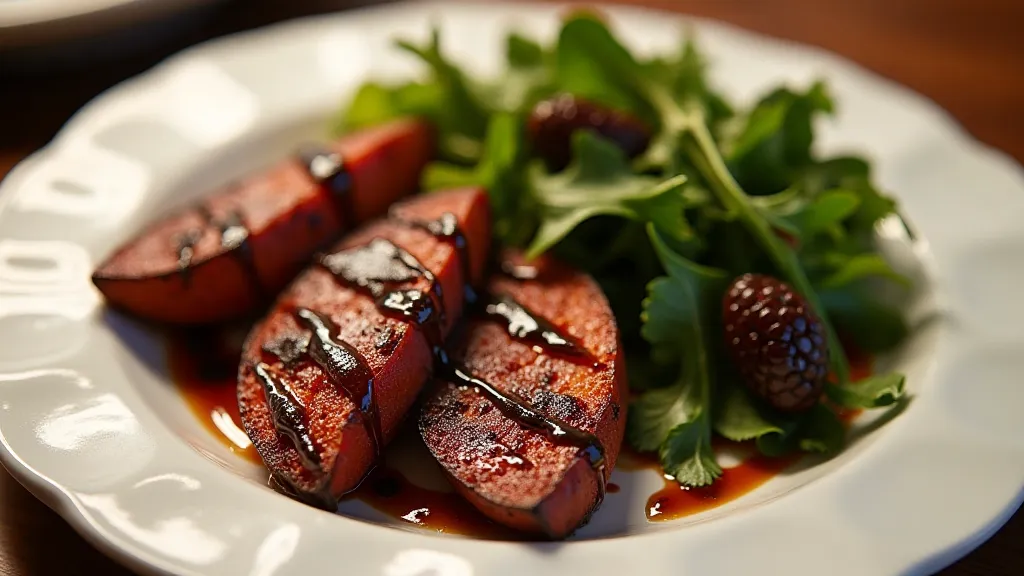
Purple sweet potatoes are a delightful addition to any garden and kitchen. Their unique color, nutritional benefits, and delicious flavor make them a truly special vegetable to grow and enjoy. From the garden to the table, the journey of a purple sweet potato is a testament to the beauty and bounty of nature. The pursuit of vibrant and nutritious food is a continuous journey, similar to the experimentation involved in understanding the subtleties of growing colorful produce. Embrace the unexpected and celebrate the diversity of the plant kingdom!
If you are looking to expand your garden’s color palette or simply want to add a unique and nutritious ingredient to your diet, purple sweet potatoes are an excellent choice. Their versatility, beauty, and nutritional benefits make them a valuable addition to any kitchen. Happy gardening and bon appétit!

